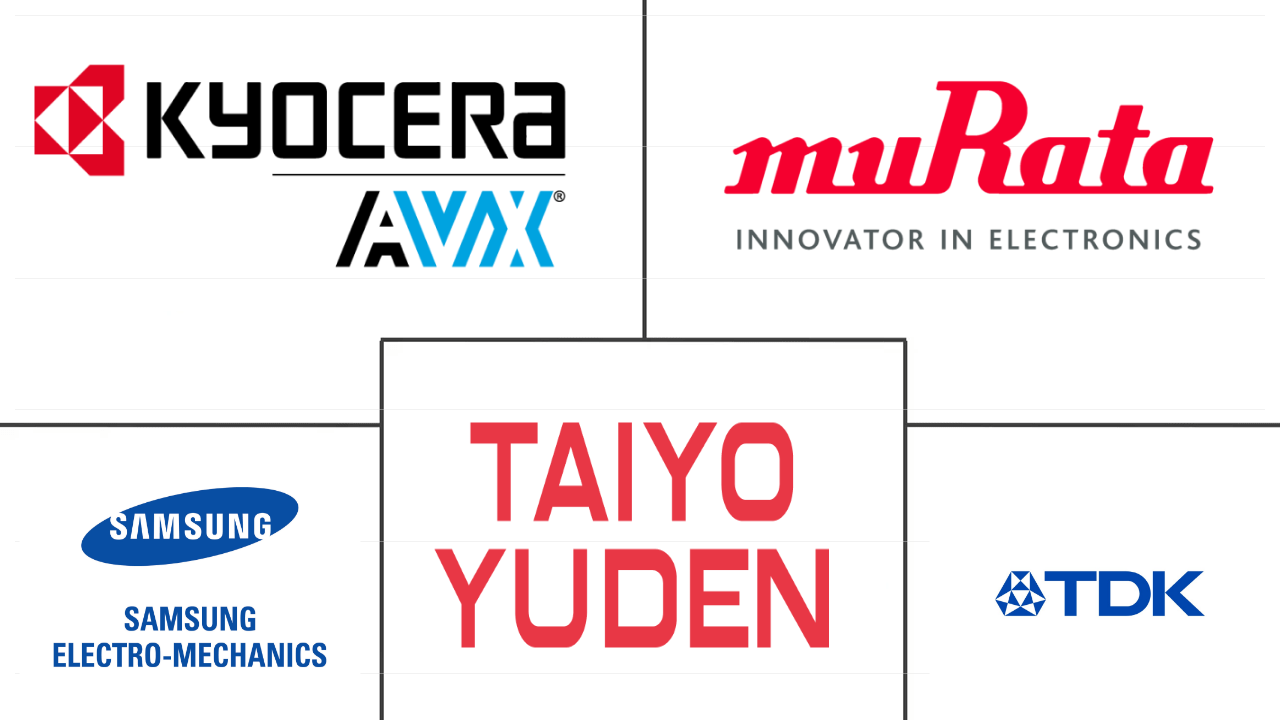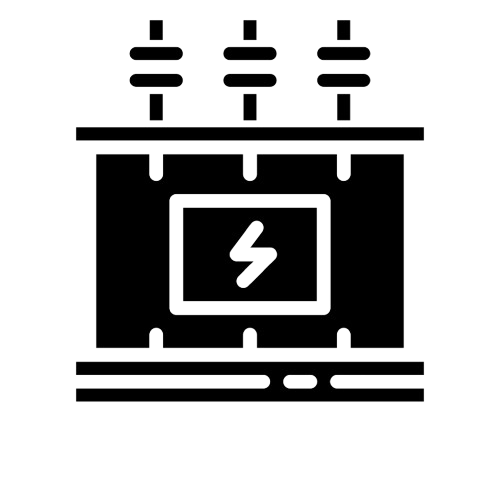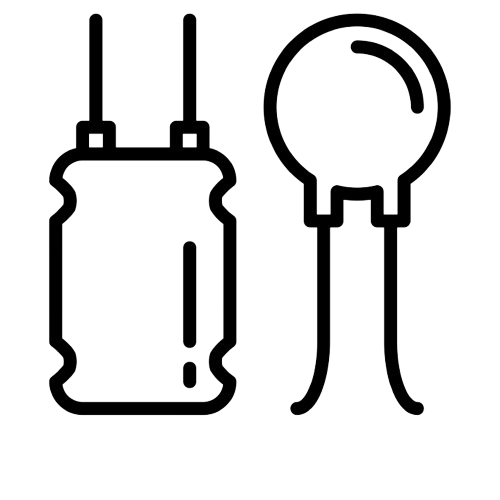Market Size of japan mlcc Industry
|
|
Study Period | 2017 - 2029 |
|
|
Market Size (2024) | USD 1.59 Billion |
|
|
Market Size (2029) | USD 4.41 Billion |
|
|
Largest Share by Case Size | 0 201 |
|
|
CAGR (2024 - 2029) | 22.58 % |
|
|
Fastest Growing by Case Size | 1 005 |
Major Players |
||

|
||
|
*Disclaimer: Major Players sorted in no particular order |
Japan MLCC Market Analysis
The Japan MLCC Market size is estimated at 1.59 billion USD in 2024, and is expected to reach 4.41 billion USD by 2029, growing at a CAGR of 22.58% during the forecast period (2024-2029).
1.59 Billion
Market Size in 2024 (USD)
4.41 Billion
Market Size in 2029 (USD)
18.55 %
CAGR (2017-2023)
22.58 %
CAGR (2024-2029)
Fastest Segment by Dielectric Type
28.53 %
Projected CAGR, Class 2, 2024-2029

The Class 2 MLCCs are widely recognized for their ultra-stable performance in different conditions. These MLCCs are used in industrial automation equipment, and Japan has been a pioneer in transforming into an automated industrial economy, thereby increasing the demand for these MLCCs.
Fastest Segment by Voltage
23.77 %
Projected CAGR, Less than 500V, 2024-2029

The less-than-500V segment is projected to be the most rapidly growing voltage segment as these MLCCs are reliable and efficient components that are well suited for numerous electronics. The increasing adoption of consumer electronics and a large number of automotive OEMs in the country are increasing the demand for these MLCCs.
Largest Segment by Capacitance
62.40 %
value share, Less than 100µF, 2023

The increased demand for VR and AR is contributing to the increasing presence of 5G-compatible smartphones in the market. The availability of cost-effective, low-power mobile devices with fast charging capabilities is increasing the demand for these MLCCs.
Largest Segment by Mounting Type
39.41 %
value share, Surface Mount, 2023
The mounting type segment is dominated by surface-mount MLCCs. The increasing popularity of portable and connected devices contributes to the demand for surface-mount MLCCs, enabling manufacturers to achieve compact designs without compromising performance.
Fastest Segment by End-user
28.21 %
Projected CAGR, Power and Utilities, 2024-2029
Due to the high rate of urbanization and the increasing demand for electricity in Japan, the demand for micro, MLCCs in the power & utilities segment is on the rise.
Rising demand for ADAS and other technologies is expected to increase demand for surface-mount MLCCs
- Case size 0 201 held the largest market share of 35.01% in terms of volume in 2022 and is expected to generate a revenue of USD 53.43 million in 2029. Case size 1 005 is the fastest-growing segment with an expected CAGR of 24.35% (2022-2029).
- The ongoing trend of miniaturization, coupled with the need for higher component density, drives the demand for these components. The increasing popularity of portable and connected devices further contributes to the demand for 0 201 MLCC components, enabling manufacturers to achieve compact designs without compromising performance.
- The usage of 0 1005 MLCCs spans diverse applications, particularly in compact electronic devices such as smartphones, wearables, and IoT devices, enabling manufacturers to achieve sleek and compact designs without compromising performance. Japan’s smartwatch industry is growing as foreign companies are looking to strengthen their presence in the expanding market.
- The compact 0 402 case size is widely adopted as a form factor for surface-mount ceramic capacitors. The automotive industry relies on 0 402 MLCCs for various applications, including engine control units, infotainment systems, advanced driver-assistance systems (ADAS), and lighting control. These capacitors provide reliable performance in harsh automotive environments. The rising demand for driver-assist functions has raised the role of technology in the Japanese auto manufacturing sector. For instance, Nissan and Hitachi Automotive Systems have partnered to provide Nissan vehicles with ADAS ECU and map position units, developing an opportunity for the MLCC market in the country.
Japan MLCC Industry Segmentation
Class 1, Class 2 are covered as segments by Dielectric Type. 0 201, 0 402, 0 603, 1 005, 1 210, Others are covered as segments by Case Size. 500V to 1000V, Less than 500V, More than 1000V are covered as segments by Voltage. 100µF to 1000µF, Less than 100µF, More than 1000µF are covered as segments by Capacitance. Metal Cap, Radial Lead, Surface Mount are covered as segments by Mlcc Mounting Type. Aerospace and Defence, Automotive, Consumer Electronics, Industrial, Medical Devices, Power and Utilities, Telecommunication, Others are covered as segments by End User.
- Case size 0 201 held the largest market share of 35.01% in terms of volume in 2022 and is expected to generate a revenue of USD 53.43 million in 2029. Case size 1 005 is the fastest-growing segment with an expected CAGR of 24.35% (2022-2029).
- The ongoing trend of miniaturization, coupled with the need for higher component density, drives the demand for these components. The increasing popularity of portable and connected devices further contributes to the demand for 0 201 MLCC components, enabling manufacturers to achieve compact designs without compromising performance.
- The usage of 0 1005 MLCCs spans diverse applications, particularly in compact electronic devices such as smartphones, wearables, and IoT devices, enabling manufacturers to achieve sleek and compact designs without compromising performance. Japan’s smartwatch industry is growing as foreign companies are looking to strengthen their presence in the expanding market.
- The compact 0 402 case size is widely adopted as a form factor for surface-mount ceramic capacitors. The automotive industry relies on 0 402 MLCCs for various applications, including engine control units, infotainment systems, advanced driver-assistance systems (ADAS), and lighting control. These capacitors provide reliable performance in harsh automotive environments. The rising demand for driver-assist functions has raised the role of technology in the Japanese auto manufacturing sector. For instance, Nissan and Hitachi Automotive Systems have partnered to provide Nissan vehicles with ADAS ECU and map position units, developing an opportunity for the MLCC market in the country.
| Dielectric Type | |
| Class 1 | |
| Class 2 |
| Case Size | |
| 0 201 | |
| 0 402 | |
| 0 603 | |
| 1 005 | |
| 1 210 | |
| Others |
| Voltage | |
| 500V to 1000V | |
| Less than 500V | |
| More than 1000V |
| Capacitance | |
| 100µF to 1000µF | |
| Less than 100µF | |
| More than 1000µF |
| Mlcc Mounting Type | |
| Metal Cap | |
| Radial Lead | |
| Surface Mount |
| End User | |
| Aerospace and Defence | |
| Automotive | |
| Consumer Electronics | |
| Industrial | |
| Medical Devices | |
| Power and Utilities | |
| Telecommunication | |
| Others |
Japan MLCC Market Size Summary
The Japan MLCC market is poised for significant growth, driven by the ongoing trend of miniaturization and the increasing demand for higher component density in electronic devices. The market is characterized by a robust expansion trajectory, with a strong focus on compact and efficient designs that cater to the burgeoning portable and connected device sector. The automotive industry, a cornerstone of Japan's economy, plays a pivotal role in this market's development, with MLCCs being integral to various applications such as engine control units, infotainment systems, and advanced driver-assistance systems. The rise of electric vehicles and the push towards greener technologies further bolster the demand for MLCCs, as these components are essential for the reliable performance of modern automotive systems.
The market landscape is fairly consolidated, with major players like Kyocera AVX Components Corporation, Murata Manufacturing Co., Ltd, Samsung Electro-Mechanics, Taiyo Yuden Co., Ltd, and TDK Corporation dominating the scene. These companies are at the forefront of innovation, developing advanced MLCC solutions that meet the high voltage and miniaturization requirements of automotive and industrial applications. The introduction of new product lines, such as Murata's EVA series, highlights the industry's commitment to supporting the evolving needs of electric vehicle manufacturers. As Japan continues to strengthen its position as a leader in technology and automotive manufacturing, the MLCC market is expected to experience sustained growth, driven by both domestic and global demand for high-performance electronic components.
Japan MLCC Market Size - Table of Contents
-
1. MARKET SEGMENTATION (includes market size in Value in USD and Volume, Forecasts up to 2029 and analysis of growth prospects)
-
1.1 Dielectric Type
-
1.1.1 Class 1
-
1.1.2 Class 2
-
-
1.2 Case Size
-
1.2.1 0 201
-
1.2.2 0 402
-
1.2.3 0 603
-
1.2.4 1 005
-
1.2.5 1 210
-
1.2.6 Others
-
-
1.3 Voltage
-
1.3.1 500V to 1000V
-
1.3.2 Less than 500V
-
1.3.3 More than 1000V
-
-
1.4 Capacitance
-
1.4.1 100µF to 1000µF
-
1.4.2 Less than 100µF
-
1.4.3 More than 1000µF
-
-
1.5 Mlcc Mounting Type
-
1.5.1 Metal Cap
-
1.5.2 Radial Lead
-
1.5.3 Surface Mount
-
-
1.6 End User
-
1.6.1 Aerospace and Defence
-
1.6.2 Automotive
-
1.6.3 Consumer Electronics
-
1.6.4 Industrial
-
1.6.5 Medical Devices
-
1.6.6 Power and Utilities
-
1.6.7 Telecommunication
-
1.6.8 Others
-
-
Japan MLCC Market Size FAQs
How big is the Japan MLCC Market?
The Japan MLCC Market size is expected to reach USD 1.59 billion in 2024 and grow at a CAGR of 22.58% to reach USD 4.41 billion by 2029.
What is the current Japan MLCC Market size?
In 2024, the Japan MLCC Market size is expected to reach USD 1.59 billion.

